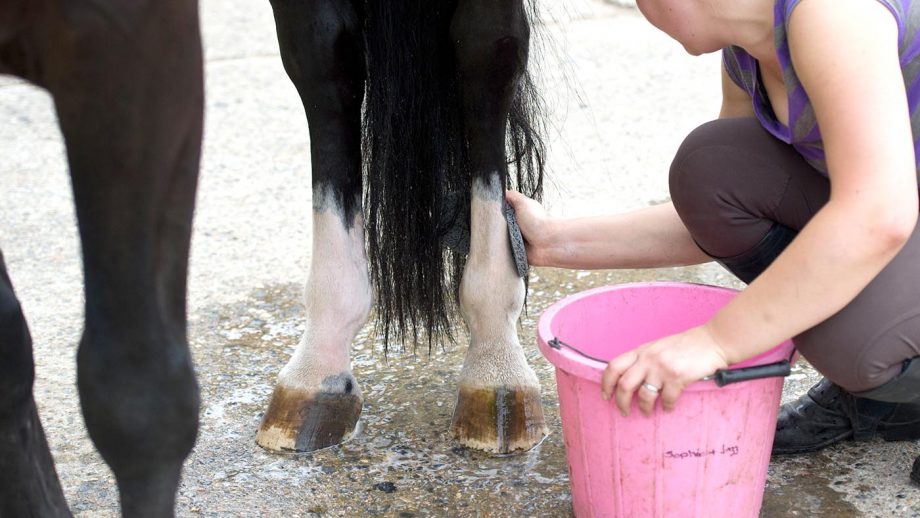Whether you’re a novice rider or a seasoned equestrian, understanding how often to wash saddle pads is crucial for your horse’s comfort and health. Saddle pads accumulate sweat, dirt, and bacteria over time, which can affect both horse and rider. This guide will help you determine the frequency and best practices for cleaning these essential pieces of equipment.

Why Cleaning Your Saddle Pad Matters
A clean saddle pad prevents skin irritations and infections in horses. Overuse of a dirty pad can lead to sores and discomfort. Ensuring cleanliness contributes to your horse’s overall wellbeing and enhances your riding experience.
Factors Influencing Saddle Pad Cleaning Frequency
The frequency of washing saddle pads depends on multiple factors such as weather conditions, riding intensity, and horses skin sensitivity. Warmer climates or frequent rides may require more consistent washing.
Weather Conditions
In humid or rainy climates, sweat accumulates more quickly. This can mean washing after every few uses to prevent the pad from becoming soaked with sweat and dirt.
Frequency and Intensity of Riding
For those who ride daily or engage in strenuous riding sessions, washing the pads more regularly is recommended. This keeps the pad functioning optimally and maintains hygiene standards.
Horses Skin Sensitivity
If your horse has sensitive skin prone to irritation, you’ll need to wash the saddle pad more often. It’s vital to use hypoallergenic detergents to avoid allergic reactions.
Standard Washing Guidelines for Saddle Pads
Generally, washing your saddle pads after every five rides is a good rule of thumb, but adjustments may be necessary based on the factors mentioned earlier. This routine ensures that the fabric remains effective in absorbing sweat and providing cushion.
Types of Saddle Pads to Consider
Different saddle pads have specific cleaning requirements. Wool, sheepskin, and cotton are the most common materials, each needing distinct care approaches to maintain their integrity and performance.
Wool Saddle Pads
These pads are robust and naturally wicking but require delicate handling. Hand wash with cold water to preserve their structure.
Sheepskin Saddle Pads
Sheepskin pads offer great comfort but can be tricky to clean. Use specialized sheepskin detergents and allow air drying to maintain their plushness.
Cotton Saddle Pads
Cotton pads are easier to clean. They’re usually machine-washable, using mild detergent and cold water to prevent shrinkage.
Proper Storage after Cleaning
After washing, ensure your saddle pads are thoroughly dried and stored in clean, dry spaces. This prevents mildew and unwanted musty odors.
Choosing the Right Cleaning Products
Opt for mild, eco-friendly detergents designed for equine products. Avoid fabric softeners, as they can reduce the pads absorbency.
Additional Tips for Maintaining Saddle Pads
Brushing saddle pads with a soft bristle brush can help remove additional debris before washing and extends the pads life.
Know When to Replace Your Saddle Pad
Regular inspection for wear and tear is important. Replace saddle pads that have lost their cushioning or have irreparable damage.

FAQs About Washing Saddle Pads
How can I prevent my saddle pad from getting dirty quickly?
Brushing your horse regularly and using grooming sprays can help minimize dander and dirt, reducing the frequency of needed washes.
Can I wash saddle pads in a washing machine?
Yes, many pads can be machine washed. Always use a gentle cycle and mild detergent to maintain the pads quality.
What should I do if my horse has skin allergies?
Use hypoallergenic detergent and consult with a veterinarian to adjust the washing frequency and methods appropriately.
For additional tips on equestrian care, visit horse care guide. Or read about the prioritize safety and important gear maintenance.








